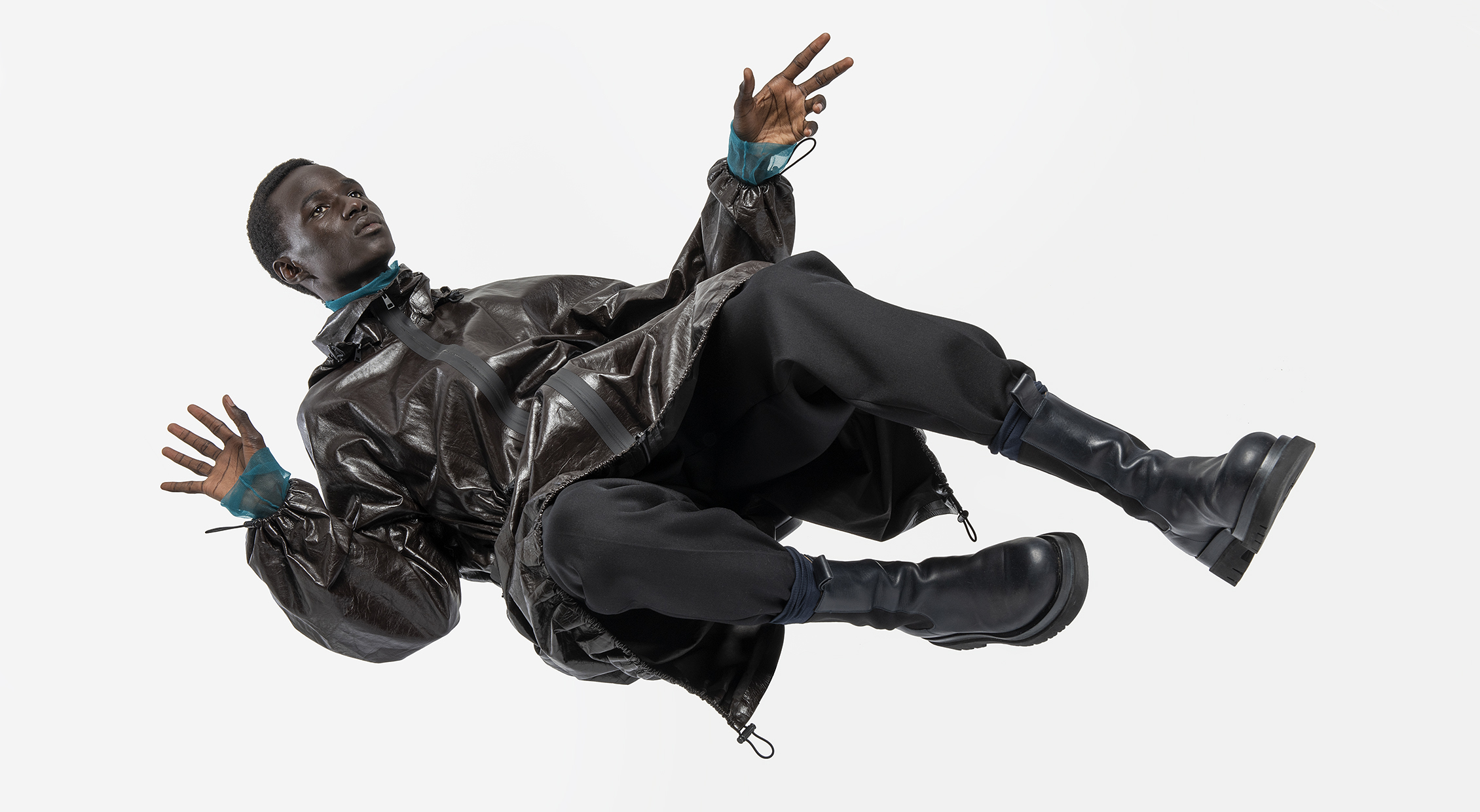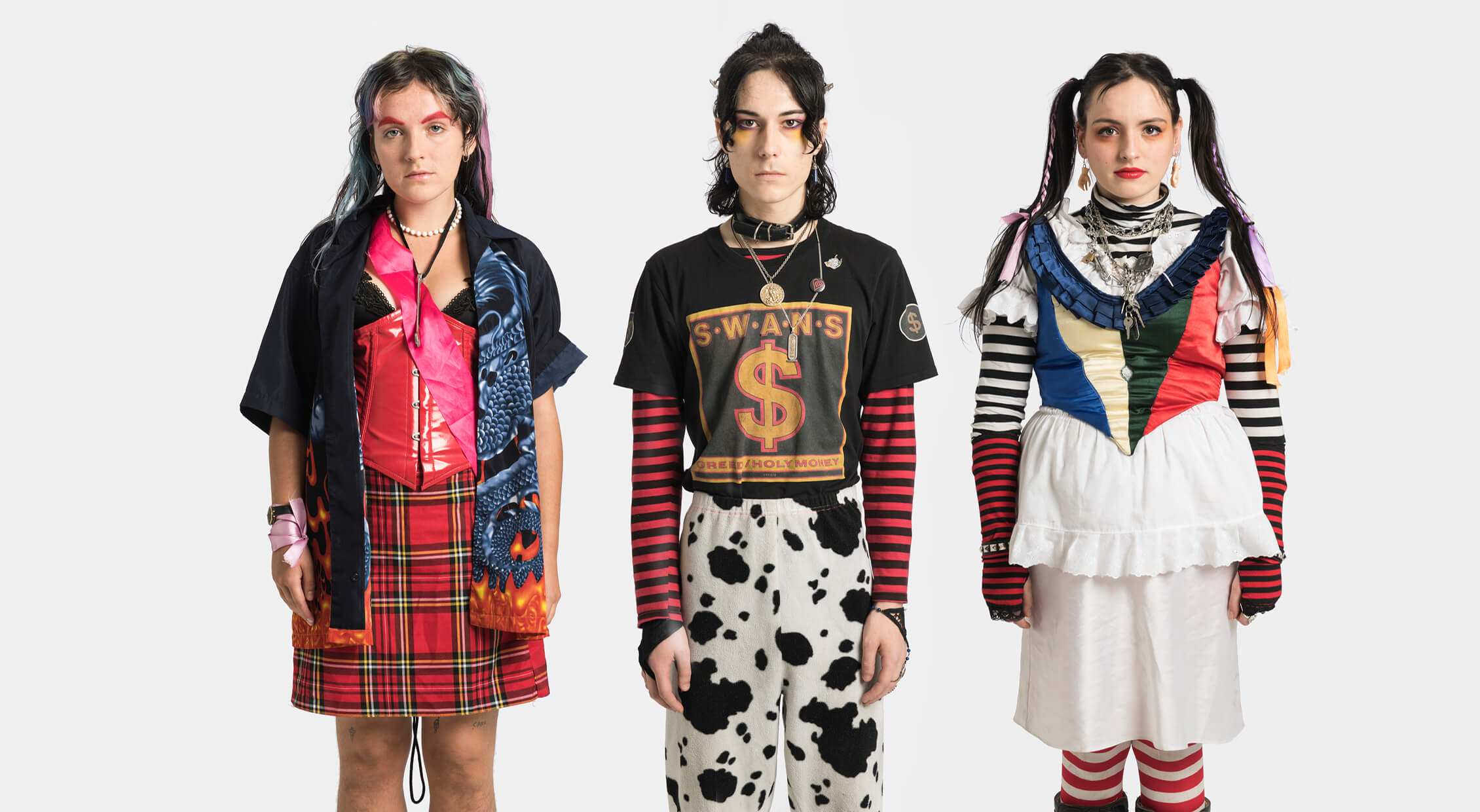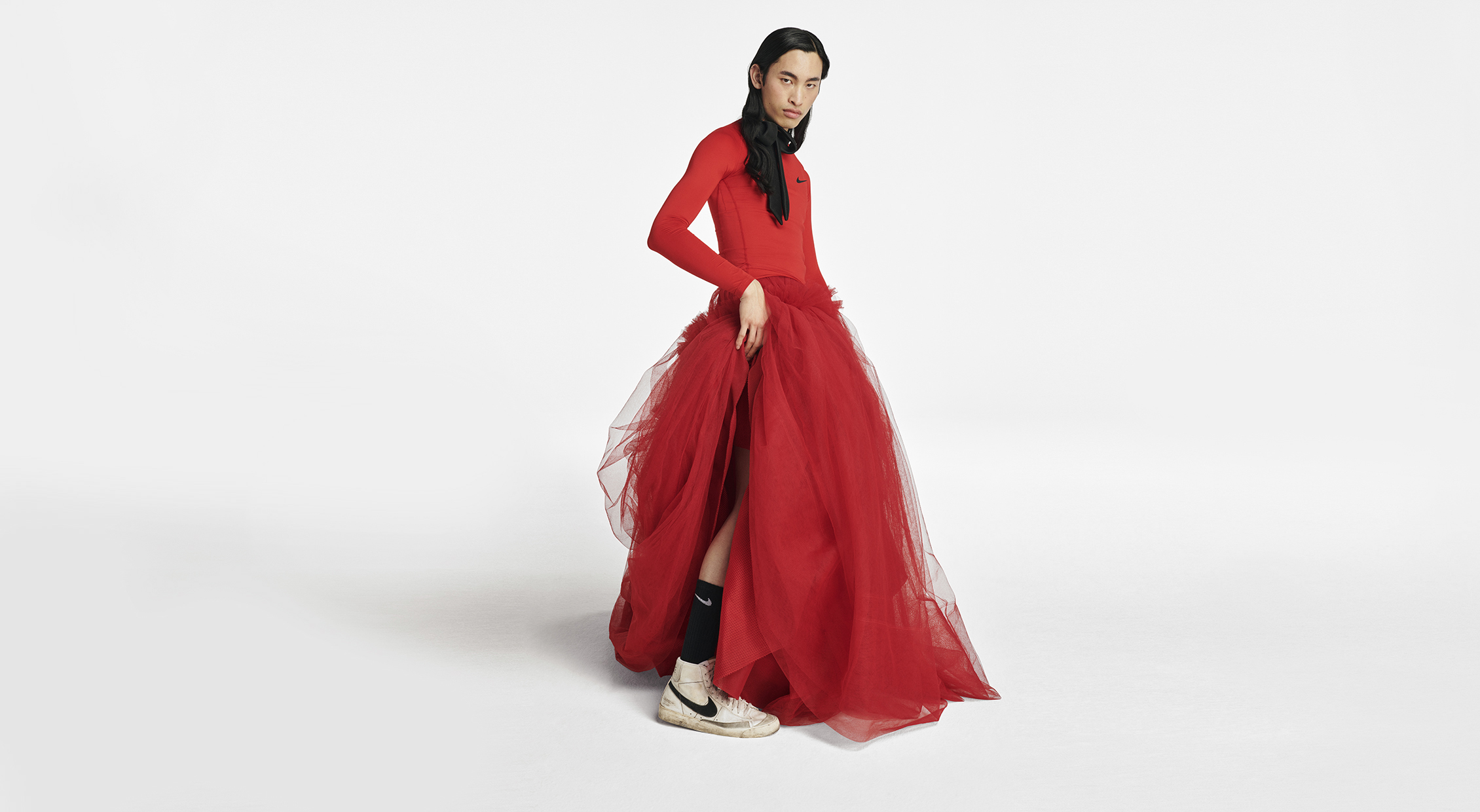“It Makes No Sense to Learn Just One Thing Anymore”: Ari Versluis on Approaches to a Photograph
For more than 25 years, Ari Versluis and stylist Ellie Uyttenbroek have been collecting different social types for their project. They study specific dress codes, behaviors, or attitudes that belong to and characterize particular urban tribes or sub-cultures. When Ari and Ellie recognize a person that fits the characteristics of a given group, they invite such person to be photographed at the studio with the only requirement of wearing the very exact same clothes as he or she was wearing at the time they first met. Now, the Exactitudes project has more than three thousand social types documented and is still going on.
On November 1, at the artist talk that takes place as a part of Bird in Flight Prize ‘20 lecture course, Ari Versluis will speak about working on long-term projects and constraints and challenges of commission work from the artist’s perspectiveз. In this interview, he shared details about his project and reflected on how life changes as time passes and what to do with all of that.
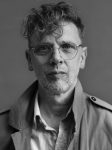
Artist from the Netherlands, professor of photography at the Royal Academy of Arts in The Hague (KABK). Redefining realness in the context of social identity and fashion is the foundation of his work. Works with Gucci, Helmut Lang New York, Nike, Hugo Boss. Bird in Flight Prize ‘20 jury member.
What definition of today’s photography would you give? Is it dramatically different from photography in the past?
Photography has not changed as such, but the world around tremendously did. There is an overload of information in a globalized world that sees itself confronted with ecological disasters and post-truth truths. Photography is still about communication, and that is what it should do.
As a professor at KABK, what do you think is important to teach when everything is changing so fast and what we know today could be irrelevant tomorrow?
As a nervous young maker, you sometimes forget that you have a full life ahead of you to become who you are and what you like to accomplish. Notions of a multi-staged life will become more and more acceptable. We will move to a more age-agnostic lifestyle, where we can take work, retirement, and education at many moments in life. It doesn’t make sense to learn just one thing anymore. A multi-directional and multi-disciplined approach is the answer, aiming for a more hybrid approach to your study.
How does it feel to work on something for 20 years? Will you continue doing this project for all your life? Do you think you will have other big projects like this?
Social identity is the real topic of the Exactitudes series, and my more personal or commercial works are moving towards more cultural hybridity. And that is such a characteristic of our time. Exciting times ahead!
Speaking of production and the people behind it, how does your studio work?
For Exactitudes, it is, first of all, teamwork with Ellie Uyttenbroek. A photographer and a profiler/stylist is simply the perfect combination.
During the actual shoots, we create special local and well-informed teams that can help us out in casting encounters, translations, studio organization, and final shoots. In the studio, we have a few assistants to help out with the aftercare of the enormous amounts of footage of the production period since you shoot a lot more than you finally need.
Selection and composition are always made by the two of us.
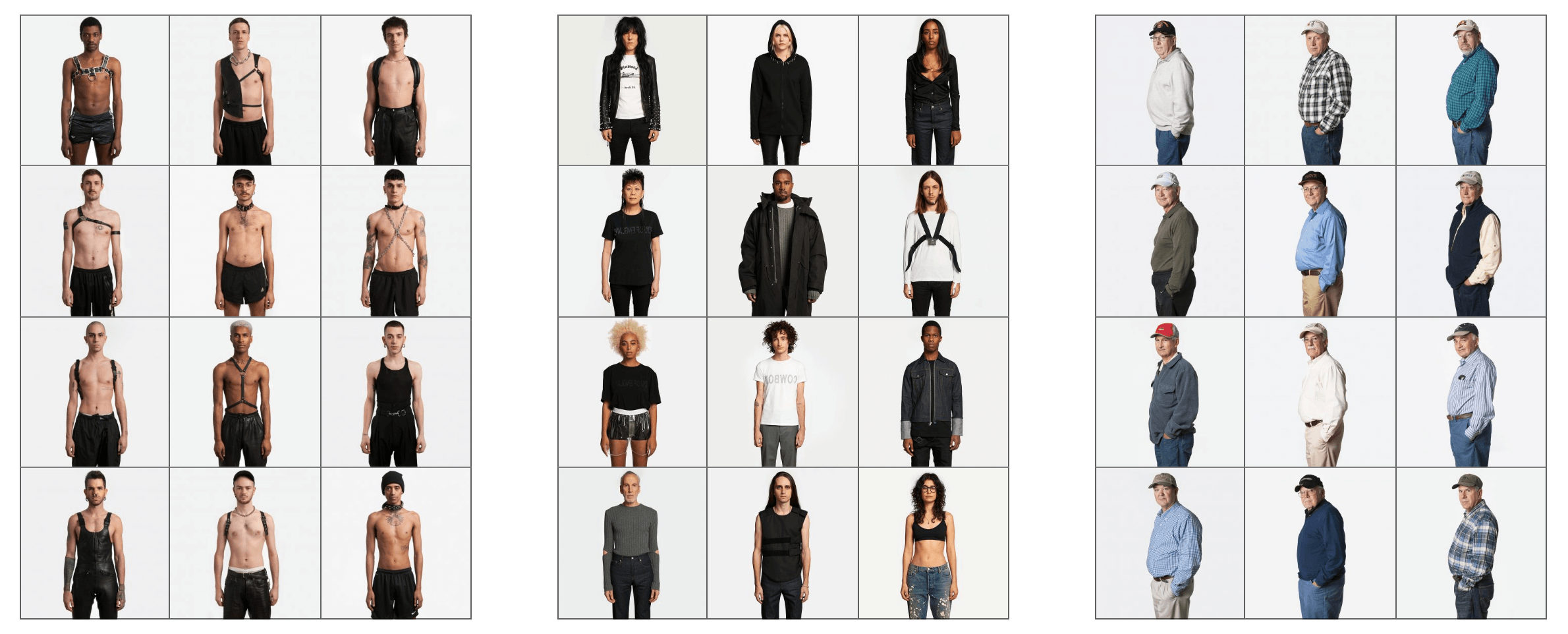
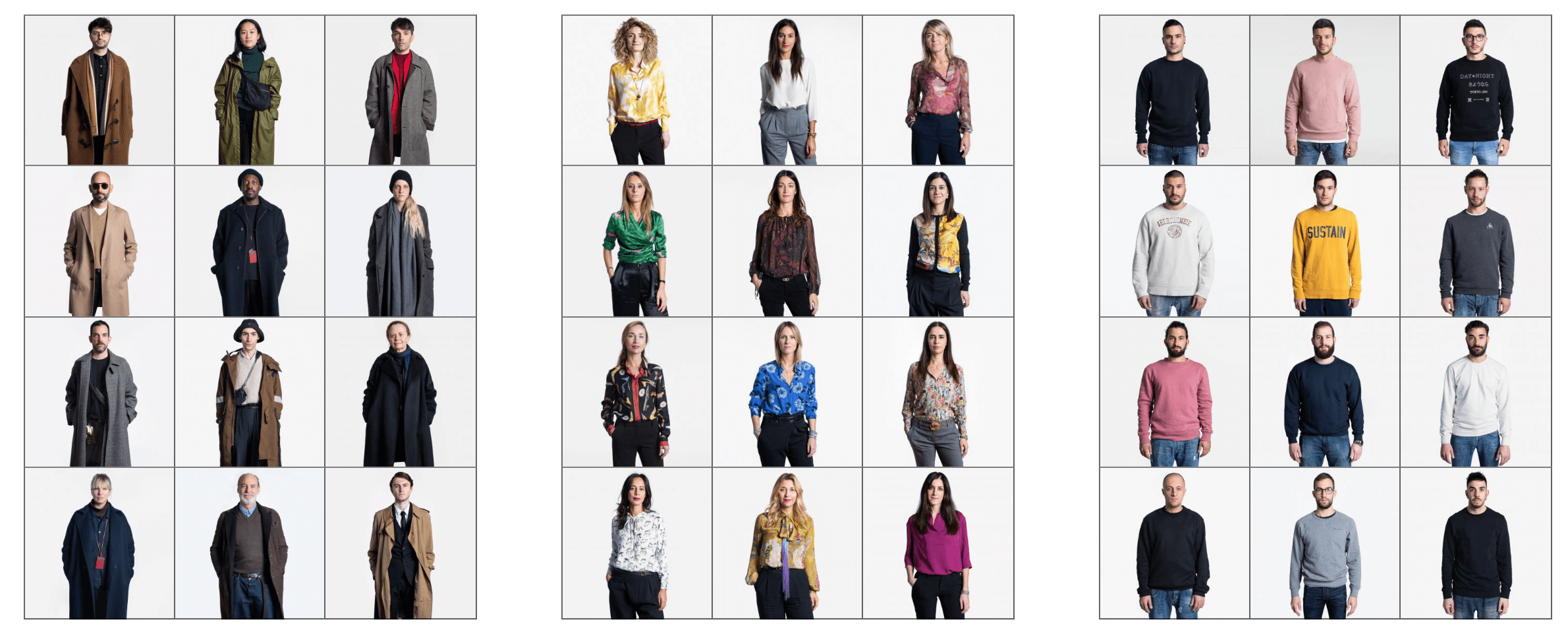
Из проекта Exactitudes. Фото: Ари Вершлаус и Элли Ютенброк
Your book is probably one of the most popular books with photos in the world, why are there not so many texts in it? Your public lectures are extremely interesting, and usually, you talk not so much about photography but culture, sociology, typology… But there is nothing about that in the book.
There are little captions in the book that describe every tribe we portrayed. Not a lot of people take notice. Everything that we like to say about the group is there to read, in a quite condensed way for sure. The 6th edition of Exactitudes is almost sold out again. We are working on the 7th special edition, in which we will include more theory and text. It is a real momentum to draw some conclusions after shooting for 25 years.
Nowadays, Kyiv is often compared to Berlin in terms of club culture and fashion. How this fashion and club-life culture changed Berlin, and what role photography plays in it?
For decades, the codes of rave culture have inspired fashion designers, photographers, and artists. Essentially, these liberated clubs are platforms for socio-political experiments. And in a time of the ever-present smartphone is more than just cult and symbolic that clubs blind your phone. To experience and encounter more: Chronos out, and let Kairos come down. And that now the change-making can start.
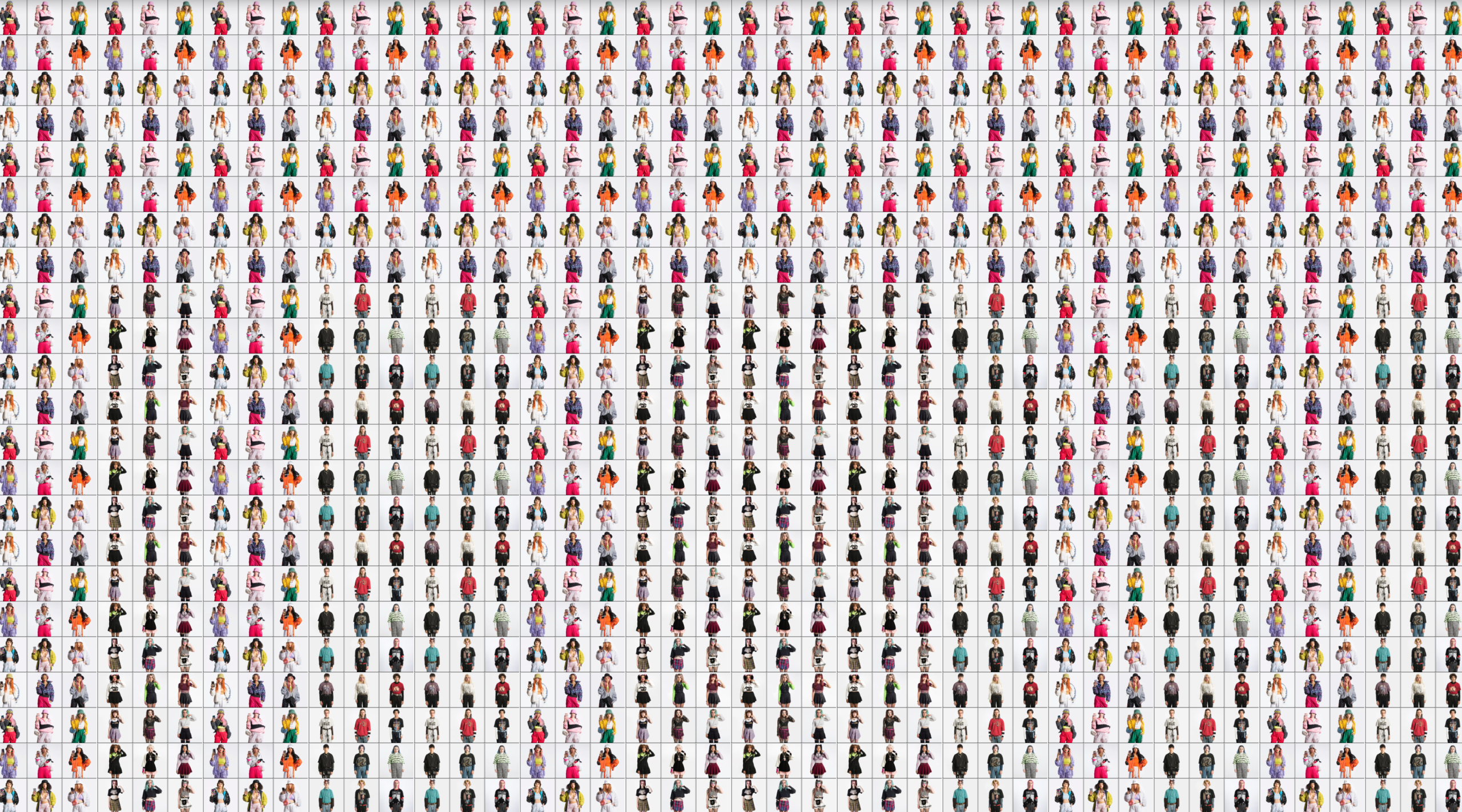
From Exactitudes project. Photo: Ari Versluis & Ellie Uyttenbroek
Recommendations from Ari Versluis
Read:
— Search in the net for Kairos and Chronos, the two notions of time. We know Chronos as the linear, measurable time (smartphones), but we have forgotten Kairos as the god of “the appropriate moment” (inspiration, empathy). Kairos is the change-maker!
— The Origin of Others, Tony Morrison.
– Identity: The Demand for Dignity and the Politics of Resentment, Francis Fukuyama (quote: “In our universities, we keep talking about ‘The Other’, but then we allow people only to talk about themselves”).
Listen:
— Lou Reed and John Cale: Songs for Drella — Style It Takes.
— Velvet Underground and Nico — I’ll Be Your Mirror.
Watch:
— Everybody in The Place — An incomplete History of Britain 1984–1992 by Jeremy Deller.
The artist talk with Ari Versluis will take place online at 19:00 EET on November 1. A ticket costs 5 euros.
The full lecture course program is available on the Bird in Flight Prize website.
Portrait of Ari Versluis: Frederik Klanberg
New and best
